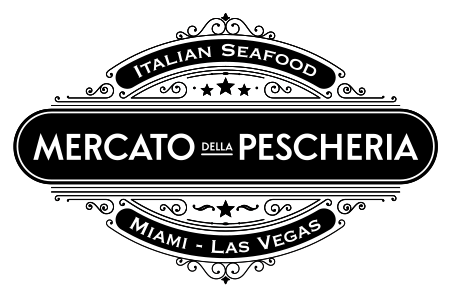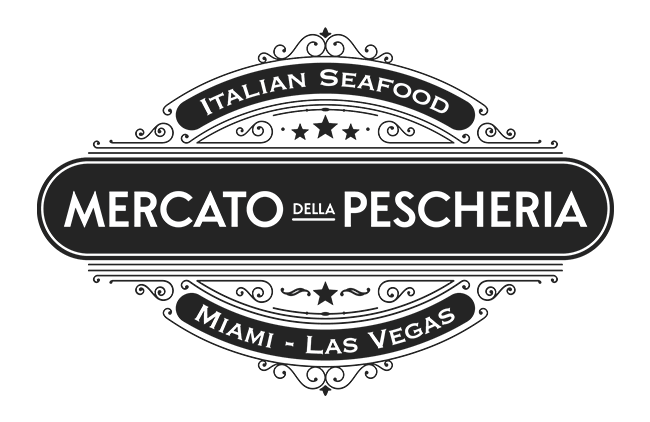What is Italian food?
Italian food is more than pasta and pizza. It is a rich culinary tradition based on quality ingredients, regional diversity, and a deep connection to culture and history. Characterized by simple yet flavorful dishes, Italian cuisine focuses on fresh, seasonal produce, handmade pastas, and expertly prepared meats and seafood. Each meal tells a story, bringing together centuries-old traditions that continue to shape the way people eat today.
The importance of regional differences
Italy’s geography plays a significant role in its cuisine, with each region offering distinct flavors and cooking techniques. The northern regions, influenced by neighboring countries, favor buttery, creamy dishes such as risotto and polenta. In contrast, central and southern Italy rely heavily on tomatoes, olive oil, and fresh herbs to create vibrant and bold flavors. Coastal regions specialize in seafood, while mountainous areas emphasize game meats and hearty stews. These regional differences make Italian cuisine diverse, offering a wide range of dishes beyond the internationally known staples.
Basic ingredients in Italian cooking
At the heart of Italian cuisine are a handful of essential ingredients that form the foundation of its dishes. Olive oil is a staple, used for cooking, dressing salads, and even dipping fresh bread. Garlic and onions add depth to sauces, while tomatoes are the foundation of many iconic dishes. Fresh herbs such as basil, oregano and parsley enhance the natural flavors of dishes. Italian cheeses, from creamy Mozzarella to tangy Parmigiano-Reggiano, play a key role in many recipes. Quality durum wheat pasta and freshly baked bread complete the picture of an authentic Italian meal.
The role of pasta in Italian cuisine
Pasta is one of the most famous elements of Italian cuisine, with hundreds of shapes and styles from different regions. Whether it’s long and thin spaghetti, stuffed ravioli, or short and tubular rigatoni, each type of pasta pairs best with specific sauces. Tomato-based sauces like marinara and pomodoro are common in southern Italy, while creamy sauces like carbonara are preferred in the central regions. Cooking pasta al dente, or “firm to the bite,” is a fundamental rule of Italian cooking, preserving its texture and enhancing its overall flavor.
Beyond pasta: other signature dishes
Pasta is a staple, but Italian cuisine is much more than that. Risotto, a creamy rice dish cooked with broth and cheese, is popular in the north. Polenta, a cornmeal-based dish, serves as a versatile alternative to pasta or bread. Meat and seafood are also staples, with dishes such as osso buco (braised veal shank) and branzino al forno (baked Mediterranean sea bass) showcasing the rich flavors of Italian cuisine. Of course, pizza remains a global favorite, with traditional varieties like the margherita maintaining their authentic Italian roots.
Italian food culture: More than just the food
Eating in Italy is more than just eating – it is an experience. Meals are meant to be savored slowly, often shared with family and friends. Antipasti, or appetizers, typically include cured meats, olives and cheeses to whet the palate before the main course. Freshly baked bread is a staple on Italian tables, often accompanied by high-quality olive oil. The culture of Italian dining emphasizes balance, where indulgence meets simplicity, ensuring that food remains nutritious and enjoyable.
Desserts and sweet traditions
Italy boasts a variety of delicious desserts that highlight its love of both sweet and creamy flavors. Tiramisu, made with layers of coffee-soaked ladyfingers and mascarpone cheese, is a global favorite. Panna cotta, a silky custard-like dessert, offers a lighter but equally satisfying option. Cannoli, crispy pastry tubes filled with ricotta cheese, are a staple of Sicilian cuisine. No Italian meal is complete without coffee, with espresso the preferred way to end a meal.
Pairing Italian food with the right drinks
A good meal is often complemented by the right drink. Italian wines are closely tied to the country’s cuisine, with reds like Chianti pairing well with tomato-based dishes and whites like Pinot Grigio complementing seafood. Aperitifs such as Aperol Spritz are enjoyed before meals, while digestifs such as Limoncello aid digestion afterward. Non-alcoholic options such as sparkling water and Italian sodas also enhance the dining experience.
Where to experience authentic Italian cuisine
For those seeking an authentic Italian dining experience, choosing the right restaurant is essential. Miami’s Mercato Di Mare offers a menu inspired by traditional Italian flavors, featuring handmade pastas, fresh seafood and classic dishes prepared with the finest ingredients. With a focus on authenticity and quality, it offers a taste of Italy in a vibrant waterfront setting.
Reserve your table here at Mercato Di Mare in Miami today and enjoy a dining experience you will never forget.
Italian food remains one of the world’s most popular cuisines because of its emphasis on quality ingredients, rich history and cultural significance. The balance of simplicity and flavor ensures that it continues to be enjoyed by people of all backgrounds. When you embrace the essence of Italian cuisine, whether dining in a traditional Italian restaurant or preparing a meal at home, you will gain a deeper appreciation for its timeless appeal.

